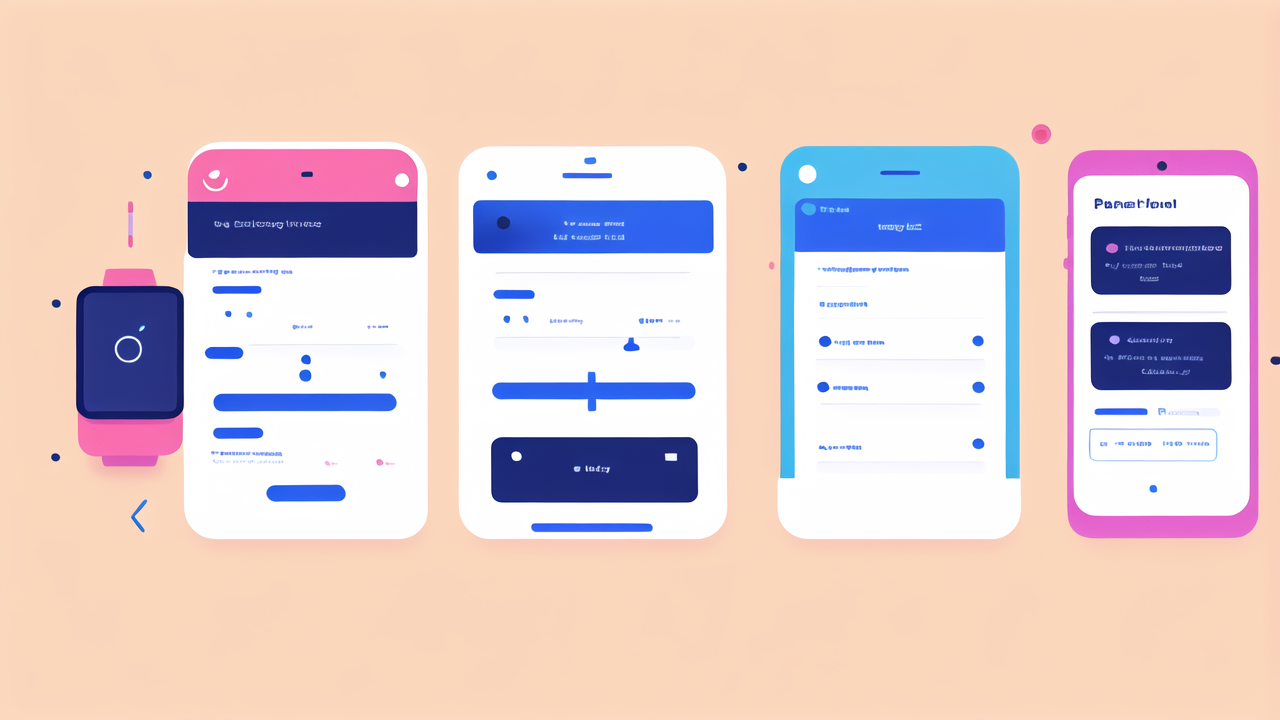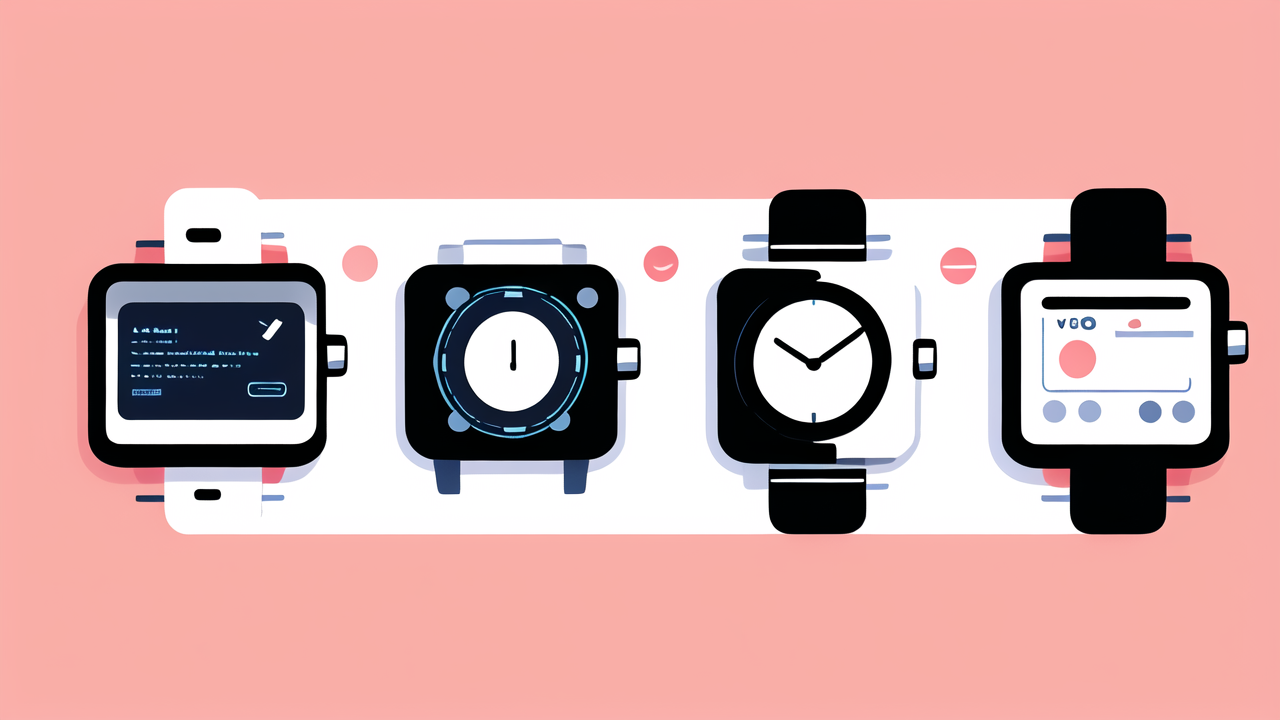The Evolution of Smart Watches in the Health Industry
A Brief History of Wearable Technology
Wearable tech has come a long way. It started with simple pedometers in the 1960s. These devices counted steps. They were basic but useful. In the 1980s, heart rate monitors arrived. They helped athletes train better.

The 2000s saw a boom in fitness trackers. Brands like Fitbit made them popular. These devices tracked steps, calories, and sleep. They synced with smartphones. This was a big step forward.
Smart watches came next. Apple Watch launched in 2015. It was a game-changer. It combined fitness tracking with smart features. Other brands followed suit. Today, smart watches are common. They do much more than tell time.
The Transformation of Smart Watches for Health Monitoring
Smart watches have evolved rapidly. They now offer advanced health features. Many can monitor heart rate 24/7. Some can detect irregular heartbeats. This can warn of potential heart issues.
Sleep tracking has improved too. Smart watches can analyze sleep stages. They offer tips for better sleep. Some watches can measure blood oxygen levels. This is useful for detecting sleep apnea.
Stress monitoring is another key feature. Watches use heart rate variability to gauge stress. They can suggest breathing exercises to help users relax. Some even track menstrual cycles. This helps women manage their health better.
Regulatory Impact on Health-Wearable Devices in the United States
The FDA plays a big role in health wearables. It classifies some smart watch features as medical devices. This means they need approval. The FDA has cleared several devices. For example, Apple's ECG app got clearance in 2018.
Regulations ensure accuracy and safety. They also build trust in these devices. However, they can slow down innovation. Companies must balance speed with compliance. Some features are released as 'wellness' tools to avoid strict rules.
Privacy is another concern. HIPAA rules may apply to health data from smart watches. This affects how companies can use and share data. It's a complex area that's still evolving.
Key Features of Smart Bracelets for Health Enthusiasts
Advanced Monitoring Capabilities: From Heart Rate to Stress Levels
Smart bracelets offer a range of health monitoring features. Heart rate tracking is standard now. Many devices use optical sensors. These measure blood flow in the wrist. They can track heart rate all day long.

Some bracelets can detect stress levels. They do this by analyzing heart rate variability. When stressed, our heart beats change slightly. Smart bracelets can spot this. They may suggest breathing exercises to help.
Sleep tracking has become more advanced. Bracelets can detect different sleep stages. They track light sleep, deep sleep, and REM sleep. This data helps users improve their sleep habits. Some devices even offer tips for better sleep.
Integration with Health Apps and Platforms
Smart bracelets don't work alone. They connect to health apps on smartphones. These apps show detailed data and trends. Users can see their progress over time. Many apps offer insights and personalized advice.
Popular platforms include Apple Health and Google Fit. These integrate data from various sources. They create a complete picture of your health. Some bracelets work with specific fitness apps. For example, Fitbit has its own ecosystem.
Data sharing is a key feature. Users can share data with doctors or trainers. This helps in personalized healthcare. Some insurance companies offer incentives for using smart bracelets. This encourages healthy habits.
User-Friendly Interfaces and Battery Life Optimization
Smart bracelets are designed for ease of use. Most have touch screens or button controls. They show basic info at a glance. This includes time, steps, and heart rate. More detailed data is available in companion apps.
Battery life is crucial for wearables. Most smart bracelets last several days on a charge. Some can go a week or more. This depends on features used. Always-on displays and GPS tracking use more power. Many devices offer power-saving modes.
Charging is usually simple. Most use magnetic chargers or wireless charging. Some even charge via USB. Quick charging is common. A short charge can add hours of use. This is handy for busy users.
Future Prospects: Trends and Innovations in Smart Watch Technology
The Role of AI and Machine Learning in Personal Health Management
AI and machine learning are changing smart watches. These technologies make devices smarter. They can spot patterns in health data. This leads to more personalized insights. For example, AI might predict when you're likely to feel stressed.

Machine learning helps improve accuracy. It can filter out noise in sensor data. This makes heart rate and other measurements more reliable. AI can also learn your habits. It might suggest workouts based on your schedule and fitness level.
In the future, AI could detect health issues early. It might spot signs of conditions like diabetes or heart disease. This could lead to earlier treatment. However, these features need careful testing and approval.
Interoperability and Data Synchronization Challenges
As smart watches collect more data, sharing becomes crucial. Users often have multiple devices. These might include phones, scales, and blood pressure monitors. Getting all these to work together is a challenge.
Standard formats for health data are emerging. Apple's HealthKit and Google Fit are examples. These help different devices share data. But not all companies use these standards. Some prefer their own systems.
Cloud storage helps with synchronization. It allows data to be accessed from any device. But this raises privacy concerns. Users want control over their health data. Balancing convenience with privacy is an ongoing challenge.
Ethical Considerations and Privacy Protection in Wearable Technology
Privacy is a major concern with smart watches. These devices collect sensitive health data. Users worry about who can access this information. Companies must be clear about data use. They need strong security measures.
There are ethical questions too. Should employers have access to workers' health data? What about insurance companies? These issues need careful consideration. Laws like GDPR in Europe help protect user privacy.
Consent is another key issue. Users should know what data is collected and why. They should be able to opt out easily. Smart watch makers must balance features with privacy. This will be an ongoing challenge as technology advances.




Leave a comment
This site is protected by hCaptcha and the hCaptcha Privacy Policy and Terms of Service apply.